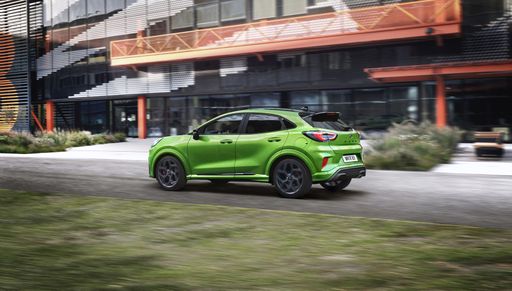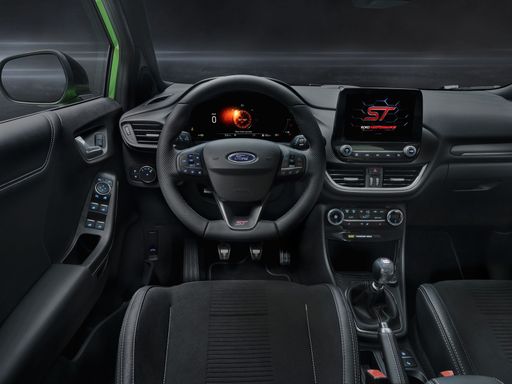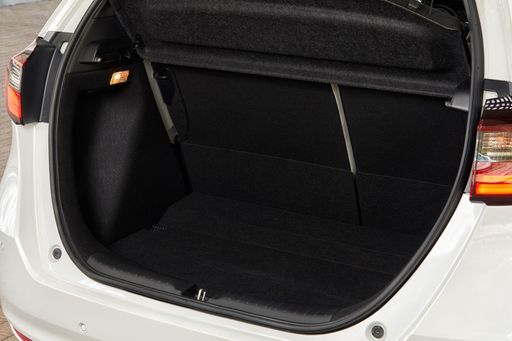A New Chapter in Urban Commuting: Ford Puma vs Honda Jazz
As the urban landscape continues to evolve, car manufacturers are becoming increasingly inventive in delivering vehicles that answer the demands of today's eco-conscious and tech-savvy drivers. In this comparison, we'll delve into two formidable contenders: the Ford Puma, a sporty SUV, and the Honda Jazz, a compact hatchback, both equipped with a host of technical innovations and strong design elements.









